SUMMARY
This is AI generated summarization, which may have errors. For context, always refer to the full article.

Star-spangled and featuring a SpaceX rocket module, the United States pavilion at the gigantic Expo 2020 Dubai site was handed over on Wednesday, November 18, less than a year before the delayed launch of the world fair.
The 6-month mega event, a milestone for the wealthy Gulf emirate which has splashed out $8.2 billion on the eye-popping venue in the hope of boosting its soft power and resetting the economy, will open its doors in October 2021 after the coronavirus pandemic forced a one-year postponement.
But despite the delay, armies of workers in protective masks were still racing to complete dozens of pavilions among the 192 participating countries, including Israel, which signed a normalization agreement with the United Arab Emirates in September.
The United States pavilion will “showcase our values,” US Ambassador to the UAE John Rakolta Jr told journalists during a handover ceremony.
The theme of the silver building draped in stars is “life, liberty, and pursuit of the future,” he said.
Once opened, visitors will be taken on a tour via a moving walkway that meanders through the building.
Set to highlight American values, the pavilion website said the US delegation aims to exhibit “American freedom, ideals, enterprise, and innovation.”
The US pavilion nearly failed to get off the drawing board because of funding issues.
But in January the State Department announced it had found a way to finance it – through the UAE government, a close ally of President Donald Trump’s administration.
“The Emiratis have been very generous, they provided the opportunity for us to participate…and we are very grateful,” said Rakolta, donning a black mask with the official logo of the UAE printed on it.
US diplomats took selfies and group photos as the final metallic star was installed on the silver building, while others rushed to watch fog encircling the white SpaceX rocket.
Before the pandemic, Dubai hoped the largest event ever staged in the Arab world – billed as the “World’s Greatest Show” – would attract some 25 million visits.
But the virus forced a one-year postponement, creating a logistical headache for organizers who grappled with the complexities of rescheduling and construction.
While many pavilions have already been completed, the sound of construction still reverberates around the site as workers rush to finish others. – Rappler.com
Add a comment
How does this make you feel?
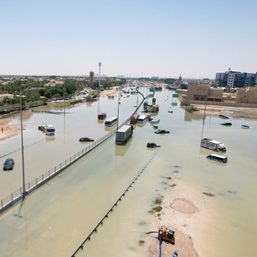
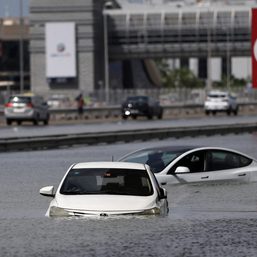
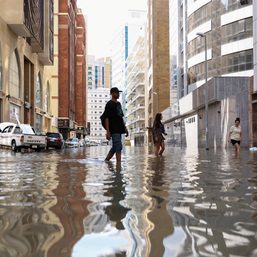
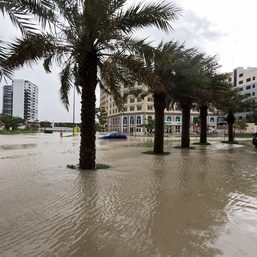


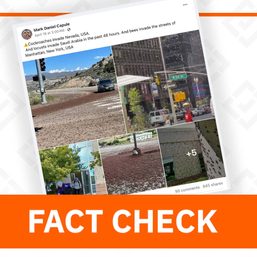
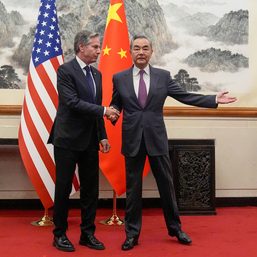
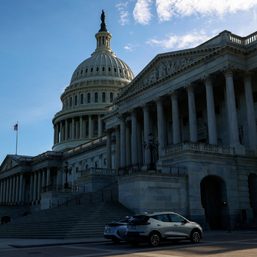

There are no comments yet. Add your comment to start the conversation.